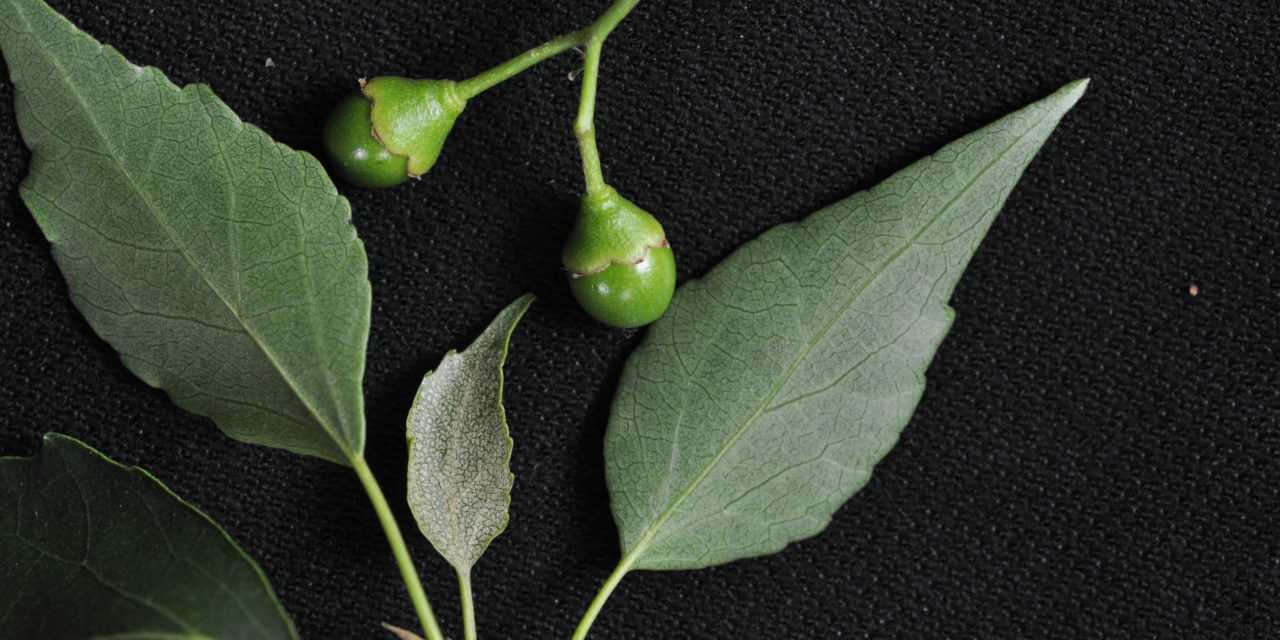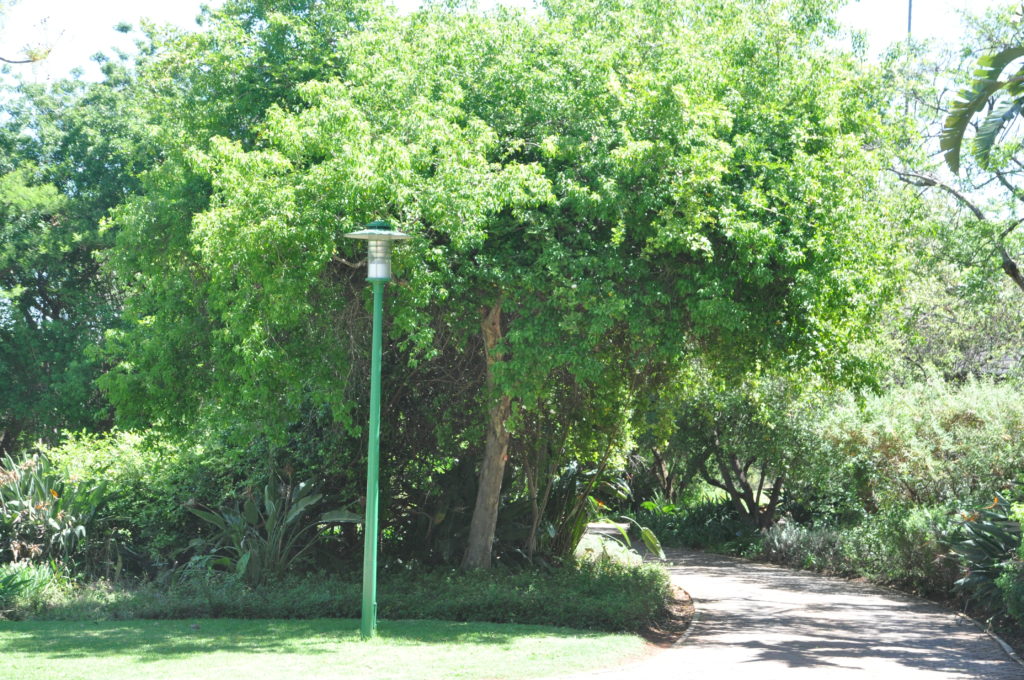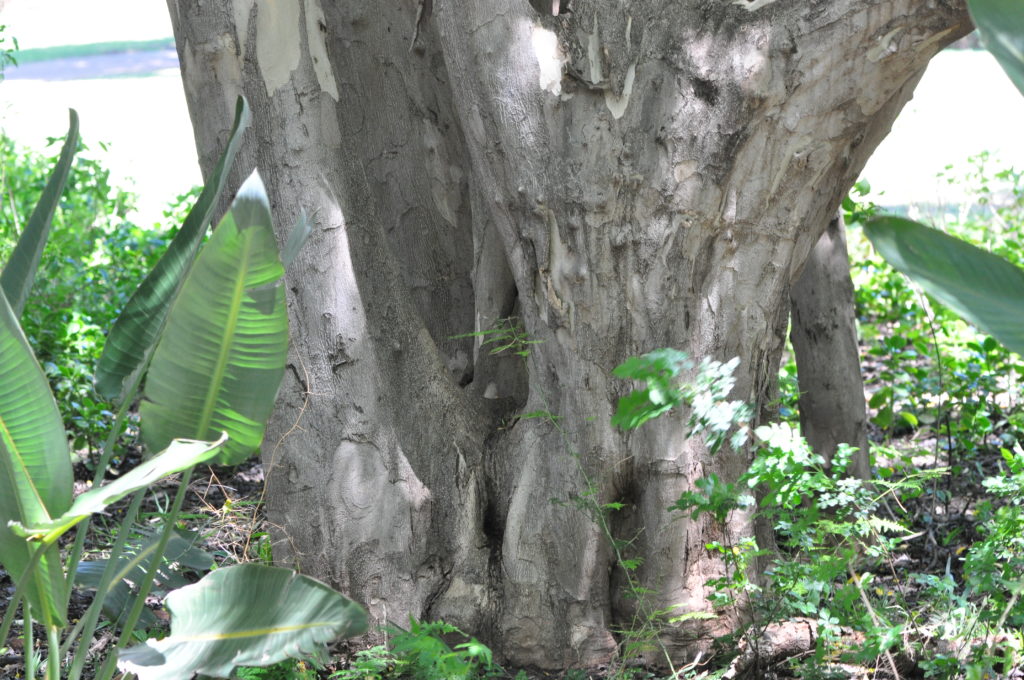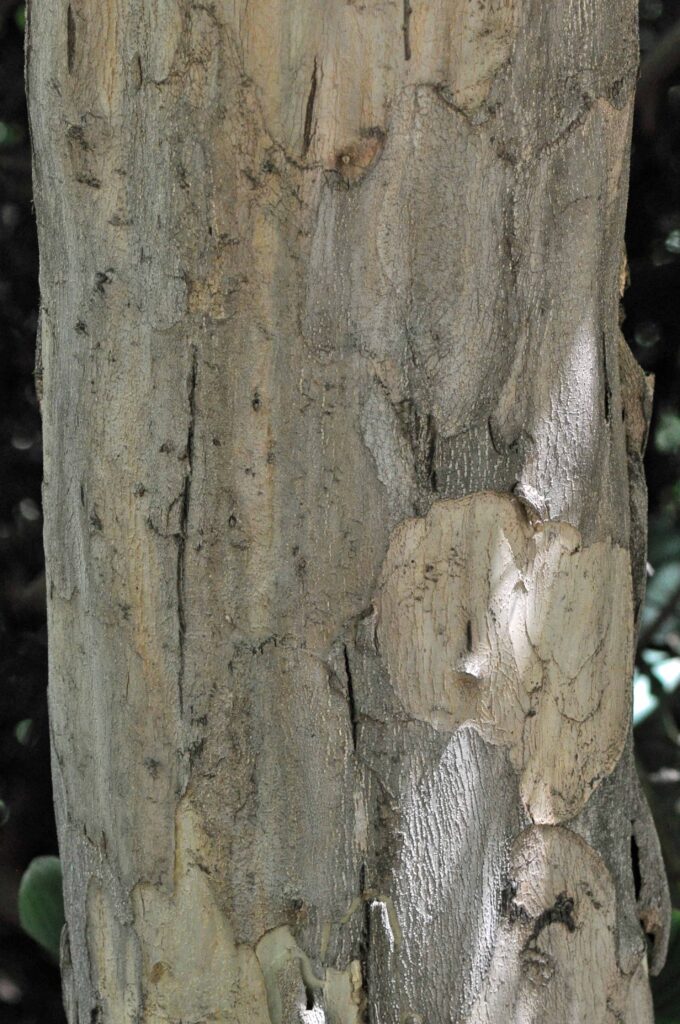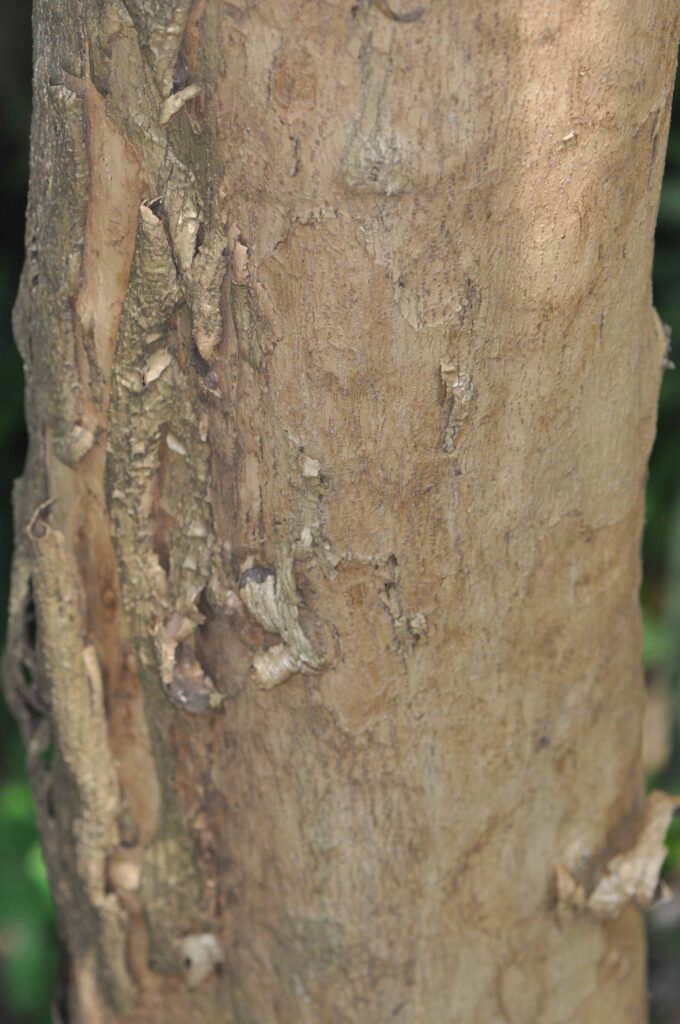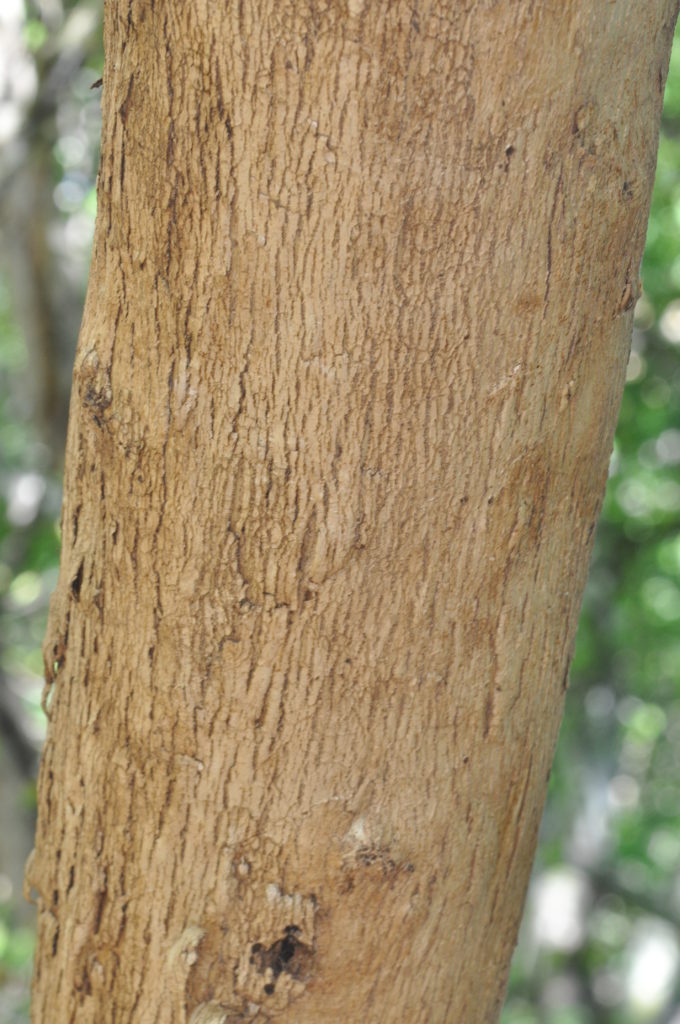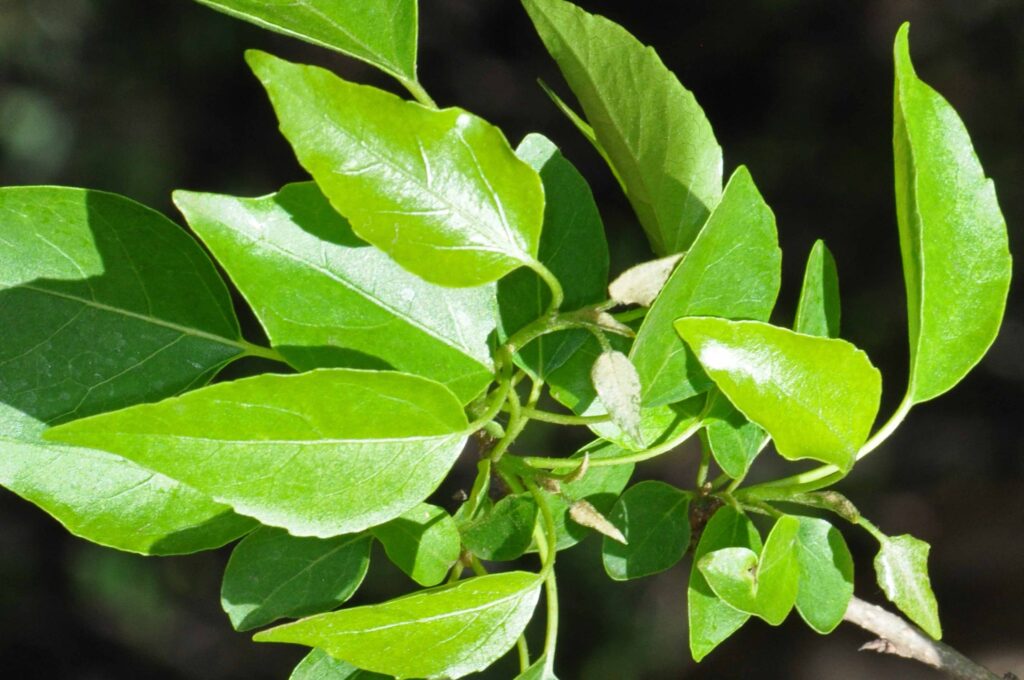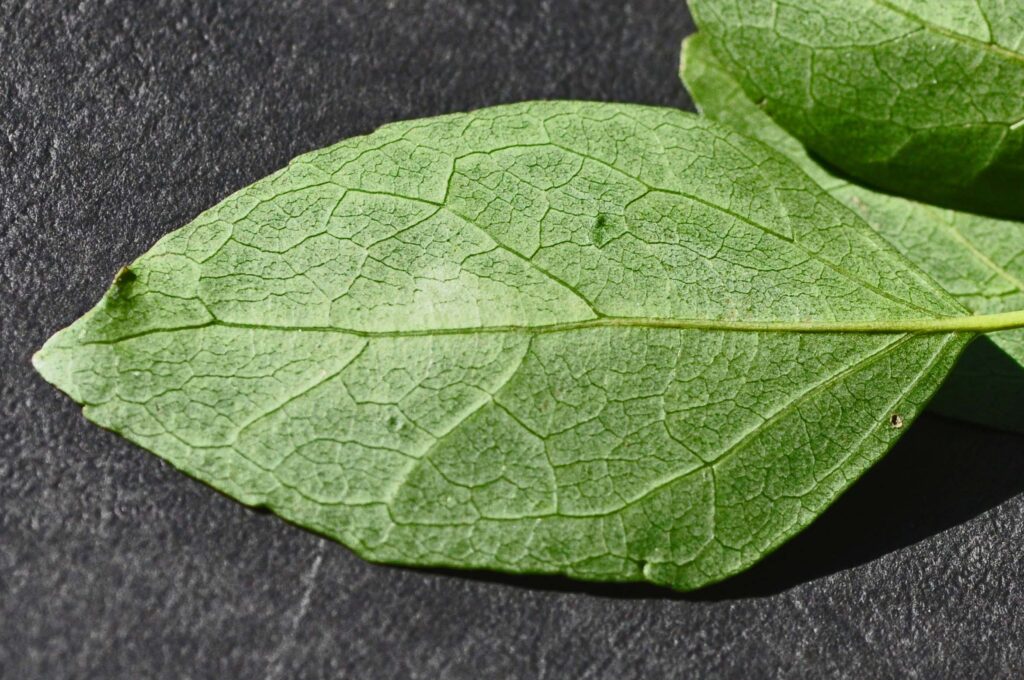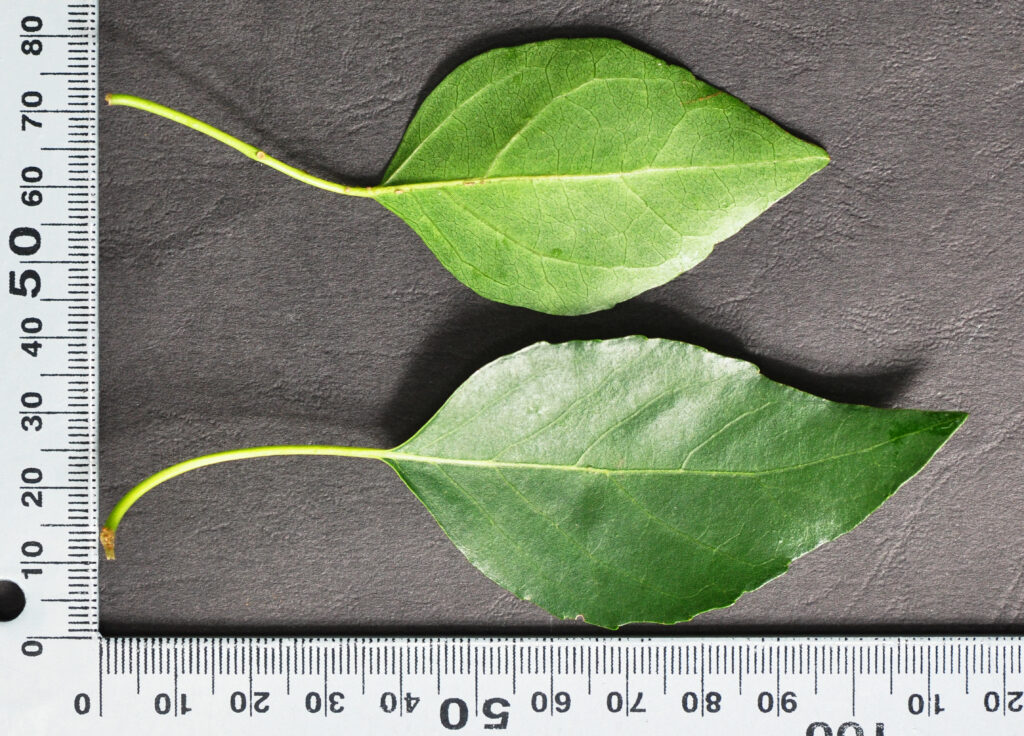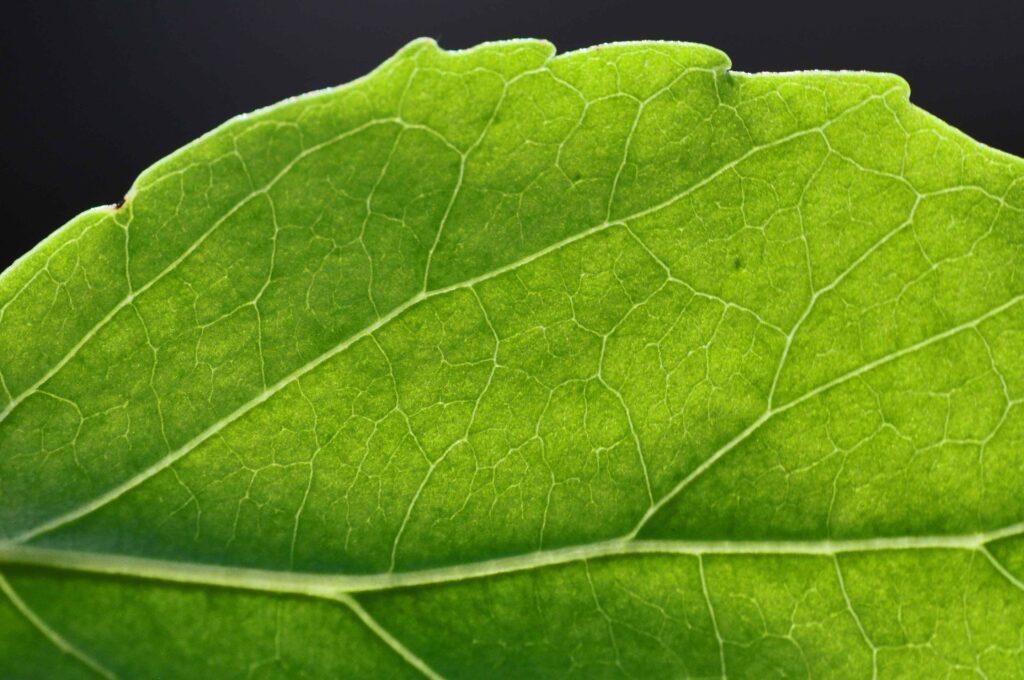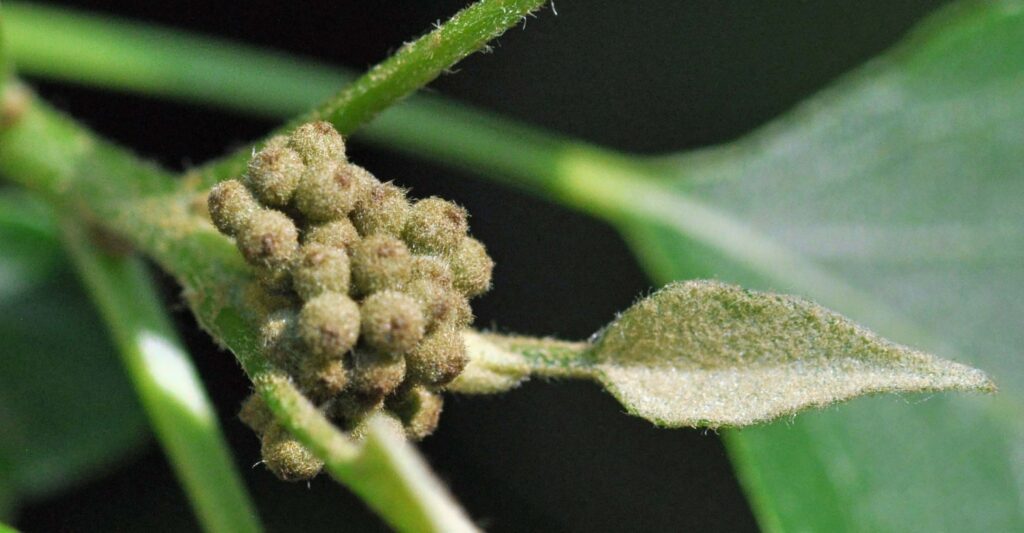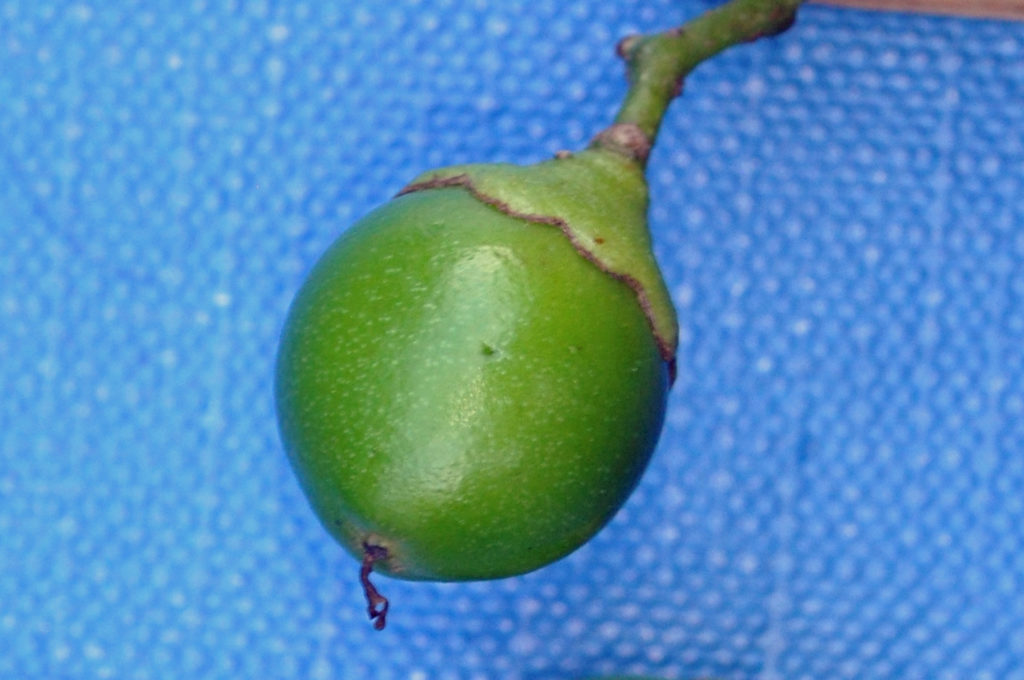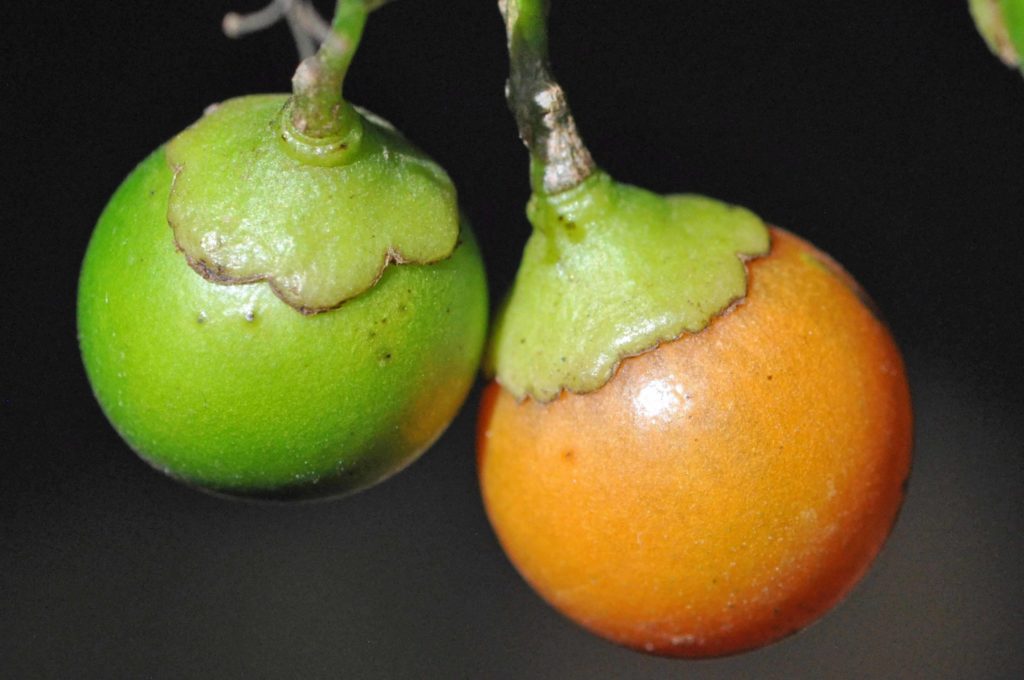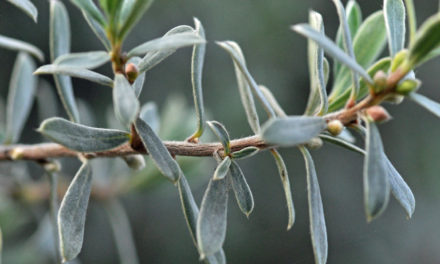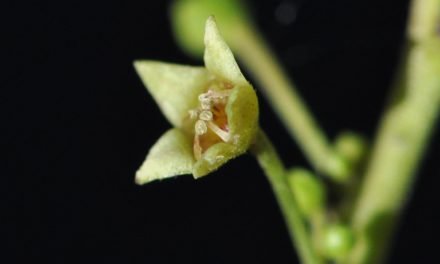General Info – summary
This deciduous Tree with light brown smooth bark, is up to 20m high. Alternative Leaves develop at branch ends and are soft, thin, simple, and ovate with long thin petioles lacking stipules. Flowers are tiny, sweetly scented, white, 5-merous, regular, bisexual or male. Stamens are epipetalous. The superior ovary has 2 fertile locules. Ripe Fruit is a fleshy yellowish 1-seeded drupe with an accrescent, long lasting calyx.
Description
Cordia caffra
Previous Names: Cordia natalensis, Cordia zeyheri, Cordia erosa.
SA Tree No. 652.
Common names: (Afr) Ouhout, Septee, Septeeboom. (Eng) Saucer-berry, Septee Tree. (isiXhosa) Umlovulovu, Umnovunovu, Umnofunofu. (isiZulu) ilovu, ilovu-enkulu, ibhicongo, ilalanyathi, umkhanyakude, Umlovu. (siSwati) Umlovu. (Tshivenda) Mududa.
Family: Boraginaceae (Borage/Forget-me not family). There are about 140 genera and 2 000+ species in this family. In South Africa, there are 2 genera that contain trees. They are Cordia and Ehretia. Leaves are alternate or opposite and usually entire. Stipules are absent. Most Flowers are bisexual and 5-merous. The 5 Stamens that alternate with the petals, have anthers that have 2 pollen sacs that dehisce through longitudinal slits. The Style is attached to the base of the superior Ovary. The Fruit may be a schizocarp (a dry, dehiscent fruit that splits into 2 one-seeded portions called mericarps at maturity) or a drupe (a fleshy, 1-seeded indehiscent fruit with the seed enclosed in a stony endocarp; stone fruit e.g. peach).
Name derivation: Cordia named after a German botanist Valerius Cordus (1515-1544). He was also a physician and herbalist. caffra – from the eastern Cape. Seven species of the genus Cordia are located in southern Africa.
Conservation: National Status: L C. (Least Concern). 2005 (Raimondo et al. (2009).
Tree
This Tree may lean over, and is usually 10 to 20m high (photo 543). It may also be single stemmed or become multi-stemmed (photo 554) or a shrub. The trunk may reach a diameter of 25cm. The tree may have a clearly spreading crown or it may be rather ragged. The relatively smooth Bark is light brown to creamy brown (photo 85) with pinkish blotches (photos 50 & 534). It may have large dry flaking pieces resulting in visible marks (photo 534).
- 543. 2017/10/17. Pretoria NBG. Photo: David Becking.
- 554. 2017/10/17. Pretoria NBG. Photo: David Becking.
- 534. 2017/10/17. Pretoria NBG. Photo: David Becking.
- 50. 2015/10/06. Walter Sisulu NBG. Photo: David Becking.
- 85. 2014/09/30. Walter Sisulu NBG. Photo: David Becking.
Leaves
This briefly deciduous tree has thin, smooth, thinly textured and drooping alternate Leaves (photo 87) that are simple (has a single blade, which may have incisions that are not deep enough to divide the blade into leaflets). The leaves are concentrated towards the ends of young branches. The ovate leaves are wider in the bottom half (photo 116) and up to 12 x 5cm (usually less). Young leaves have white to yellow hairs (photo 608 under Fruit), which are lost at maturity. The Upper surface is initially bright glossy green (photo 87) and develops into a smooth darker green (photo 878). The Lower surface is a lighter green and less shiny (photo 878). Up to 6 pairs of lateral veins are present and are more prominent below (photo 116). The Apex tapers to a narrowly pointed tip and the Base is rounded, square or cuneate (wedge-shaped) and may be asymmetric (not equal to the opposite side). More than half of the apical end of the Margin may be irregularly finely (photo 878) to coarsely toothed (photo 160). Here the side veins reach these teeth (photo 160 – leaf against the sun). The thin Petiole (leaf stalk) is relatively long (up to 5cm) and slightly more than 1mm wide (photo 878). Stipules (basal appendages of the petiole) are absent. Many scattered, clear dots may be visible on the leaf.
- 87. 2014/09/30. Walter Sisulu NBG. Photo: David Becking.
- 116. 2014/06/03. Walter Sisulu NBG. Photo: David Becking.
- 878. 2015/01/20. Walter Sisulu NBG. Photo: David Becking.
- 160. 2021/10/19. Walter Sisulu NBG. Photo: David Becking.
Flowers
The campanulate (bell shaped), sweetly scented, small, white and short-lived Flowers are up to 1cm long. They develop in spring and early summer and occur in dense, many-flowered terminal heads. The very small pear-shaped buds are smooth, shiny and light green. The short-lived flowers are bisexual or male, and actinomorphic (Regular, symmetrical. Flowers are vertically divisible into similar halves by more than 1 plane passing through the axis). Individual flowers develop in leaf axils. Each flower rests on a short, slender pedicel (stalk of a single flowers – photo 15 under Fruit). The inflorescences lack bracts. There are 5 Sepals in the bell-shaped Calyx and the lobes are ovate. These surrounds the Corolla that usually has 5 Petals with oblong curling back lobes. Alternating with the petal lobes are 5 epipetalous (attached to the petals) Stamens. These arise from the mouth of the corolla tube. The oblong Anthers have 2-thecae (pollen sacs – the microsporangia of an anther. They produce microspores – the pollen grains in seed plants). The thecae (either of the lobes of an anther, each containing two pollen sacs) open through longitudinal slits. There is a single Pistil (a unit of the Gynoecium, the female element of the flower, composed of the Ovary, Style and Stigma). The 4-locular (but only 2 are fertile) superior Ovary has a thick fleshy wall containing a single Ovule in each of the 2 fertile locules. The terminal Style has 2 branches and each branch is bifid (2-lobed). (Sep-Oct+).
Fruit
The small, sharp tipped Fruit is an almost spherical Drupe (a fleshy, 1-seeded indehiscent fruit with the seed enclosed in an endocarp (the inner layer of the pericarp or fruit wall. It may be membranous e.g. apples or – stony in this case – like a peach). The drupe is up to 1,5cm wide and has a single stone (the hard covering enclosing the seed). The developing fruit may have the remains of the style protruding from it (photo 15). The saucer shaped Calyx initially remains green and becomes accrescent (increasing in size with age – after the corolla has fallen – photo 718). The ripe fruit becomes yellow to orange when ripe (photo 718). Only 1 or 2 of the 4 ovary locules bear furrowed Seeds. The calyx is persistent and remains on the tree after the fruit has fallen. (Dec-Feb).
- 608. 2019/09/18. Walter Sisulu NBG. Photo: David Becking.
- 15. 2016/12/06. Walter Sisulu NBG. Photo: David Becking.
- 718. 2020/01/20 Walter Sisulu NBG. Photo: David Becking.
Distribution & Ecology
These Trees are Endemic (restricted to a particular geographic location) in Southern Africa and do not usually occur in large numbers. Beyond South Africa, they also occur in Swaziland and southern Mozambique. They grow in frost-free areas like dune bush, coastal forests, in kloofs, in woodland and inland forest margins, below an altitude of 1 1oom. Trees occur naturally in the Eastern Cape, KwaZulu-Natal – close to the coast, and more inland in the lower frost areas of eastern Mpumalanga, and Limpopo e.g. Wyllie’s Poort (an impressive route with many turns through the Soutpansberg mountains). This plant tolerates coastal conditions. When growing on sand dunes – and exposed to sea spray, these plants develop into flattish bushes. They need a fair amount of light and occur less in deep forests. Kudu, impala and other wild animals browse the Leaves. Birds, especially some coucals (part of the cuckoo family), with their powerful beaks, break through the stony endocarp and eat the seeds. The scented Flowers attract insects, which become the pollinating agents. The wind easily moves the thin pendulous leaves with their long thin petioles causing them to flutter distinctively.
Ethnobotany
Uses of the Wood include carving, roofing, making walking and carrying sticks. The Sapwood is light and soft but the Heartwood is fine-grained, dark brown or black. The friction caused by rubbing dry sticks together can replace matches for lighting fires. The attractive ripe Fruit is edible but not very tasty. Propagation is easy by using Seeds. The germinating seeds will develop in full sun, but will do best in light shade. Flowering may take 6 years or longer. Local medicine makes use of the leaves.
References
Boon, R. 2010. Pooley’s Trees of eastern South Africa. Flora and Fauna Publications Trust, Durban.
Burrows, J.E., Burrows, S.M., Lotter, M.C. & Schmidt, E. 2018. Trees and Shrubs Mozambique. Publishing Print Matters (Pty) Ltd. Noordhoek, Cape Town.
Coates Palgrave, M. 2002. Keith Coates Palgrave Trees of Southern Africa, edn 3. Struik, Cape Town.
Foden, W. & Potter, L. 2005. Cordia caffra Sond. National Assessment: Red List of South African Plants version . Accessed on 2024/09/02.
Lawrence, G. H. M, 1951. Taxonomy of Vascular Plants. The Macmillan Company, New York. Tenth Printing 1965.
Palmer, E. & Pitman, N. 1972. Trees of southern Africa. Balkema, Amsterdam, Cape Town.
Schmidt, S. Lotter, M. & McCleland, W. 2002. Trees and Shrubs of Mpumalanga and the Kruger National Park. Jacana, Johannesburg.
van Wyk, B. & van Wyk, P. 1997 Field guide to Trees of Southern Africa. Struik, Cape Town.
http://www.plantzafrica.com/plantcd/cordiacaf.htm
http://posa.sanbi.org/flora/browse.php?src=SP
https://en.wikipedia.org/wiki/Valerius_Cordus

